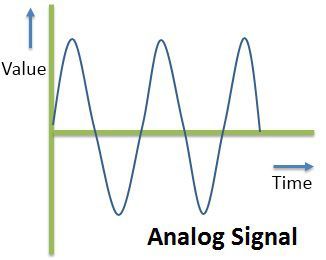

Lock a radio out of the system when it is reported stolen.Remotely turn a radio on or off or change the channel.Send a text message to a radio or group of radios.Send a direct message to a single radio rather than an entire channel.A fall detection alarm that sends out an alert if a radio detects a worker to be immobile or horizontal for an unusual amount of timeĭigital radios also allow better management of individual radios, allowing a manager or controller to do things like:.A Lone Worker feature that sends an alarm if a user doesn’t use the radio in some way for a set period of time.A one-touch emergency button that notifies others instantly of a problem.For example, Motorola digital radios can feature: Digital systems can support a larger number of radios over a greater area, as well.ĭigital two-way radios can be programmed with several special features. The signal is also “cleaner”, canceling out background noise and other unwanted audio. Perhaps most importantly, digital radio systems offer an extremely reliable signal, comparable even to that of a wired system. Digital networks are secure, making it very difficult for others to listen in on transmissions. Digital radios stand by to send pulses of information on demand.ĭigital radios work very well with a wide variety of software-driven applications. The latter is because, unlike analog radios, the transmitter in a digital radio is not always on. What digital can offer that analog can’t is IP connectivity, expandability, and up to a 50% increase in battery life. To start, a digital two-way radio has all the same basic features as analog radios.


 0 kommentar(er)
0 kommentar(er)
